Executive Summary
Iran’s membership in a global triangle that includes Russia and China is designed to rival the American-led Western order, offer mutual support, and circumvent sanction, is a key factor in the Islamic Republic’s hopes to rebuild its nuclear and missile capabilities, following Operations Rising Lion and Midnight Hammer (June 13 to June 24, 2025). During this conflict, Russia and China did nothing to help Iran, beyond diplomatic support, and the equipment they provided Iran through the years to protect itself proved unfit to effectively stop strikes on critical Iranian targets.
Iran’s desire to rebuild its nuclear and missile capabilities and recover its status as a Shi’ite fundamentalist power is seen in Moscow and Beijing as assisting the broader revisionist goals of undermining the global status of the United States and its various allies.
Frequent meetings between the leaders of these countries, including one held just a day after the end of the Israel – Iran war, are held to coordinate mutual assistance.
When North Korea is added to this bloc, it is referred to as CRINK (China – Russia – Iran – North Korea).
The shared interest in fostering a multipolar world and developing sophisticated mechanisms to circumvent Western sanctions, trade in discounted energy, and most disturbingly from Israel’s perspective, proliferate strategic weapons and military capabilities, as well as providing diplomatic cover all add up to mutually beneficial memberships in the revisionist bloc.
The June war between Israel and Iran, with American involvement, exposed critical vulnerabilities in Tehran’s defenses and could further accelerated its strategic pivot toward its great power partners.
In the aftermath, signs are emerging that Iran is leveraging its relationships with Russia and China to not only survive but to reconstitute its military power, creating, if successful, a more durable and dangerous challenge to regional and global stability. The transactional nature of this partnership is its defining feature, a clear quid pro quo of strategic assets that serves the distinct yet overlapping interests of each member.
This report will dissect the architecture of this emerging axis, examining the geopolitical drivers and diplomatic coordination that form its foundation. It will then analyze the distinct bilateral pacts—the Moscow-Tehran nexus of drones for jets and nuclear patronage, and the Beijing-Tehran lifeline of energy for military technology. Finally, it will assess how this external support is enabling Iran to rebuild a hardened and more advanced nuclear and missile posture, concluding with an analysis of the durable challenge this revisionist triangle poses to the international order.
The strategic alignment of Iran, Russia, and China is not a joint ideological crusade but a marriage of convenience. Yet, forged on the basis of a convergence of national interests, and rooted in a shared desire to dismantle the post-Cold War, U.S.-led order, it is highly dangerous. This strategic triangle functions as a cohesive bloc at multiple levels that employs a range of mutual assistance measures to systematically counter and dilute U.S. and Western power.
While their cooperation falls short of a formal, NATO-style military alliance, it represents one of the most consequential geopolitical alignments in the contemporary international system.
The unified diplomatic front, though just the tip of their cooperation iceberg, is the most visible aspect.
This is particularly visible within the chambers of the United Nations Security Council. Russia and China have consistently used their status as permanent members to shield Iran from international pressure and legitimize its defiance of Western sanctions. A prime example is their coordinated response to the U.S. and European efforts to trigger the “snapback” mechanism of UN sanctions against Iran.
Both Moscow and Beijing publicly endorsed Tehran’s position that UNSC Resolution 2231, which underpinned the 2015 nuclear deal, formally expired on October 18, 2025, and that the snapback had not been legally activated (though this could not prevent the application of the sanctions). Both Moscow and Beijing protect Tehran from United Nations Security Council resolutions.
Beyond the diplomatic arena, the trilateral partnership is being operationalized through increasingly sophisticated joint military exercises. The recurring “Maritime Security Belt” naval drills, held in the strategically vital waters of the Gulf of Oman and the northern Indian Ocean, are a tangible demonstration of their growing military interoperability and shared security interests.
The March “Security Belt-2025” exercise, the seventh in the series, was one of the most complex to date. China deployed advanced assets, including a Type 052D guided-missile destroyer, while Russia contributed corvettes from its Pacific Fleet and Iran mobilized a large contingent of warships from both its regular navy and the Islamic Revolutionary Guard Corps (IRGC) Naval Force.
The drills involved complex scenarios, including live-fire exercises against maritime targets, anti-aircraft defense coordination, and visit, board, search, and seizure (VBSS) operations.
The presence of numerous international observers—from Pakistan and South Africa to the UAE and Iraq—underscores the growing geopolitical significance of this military cooperation and its role in projecting an alternative security framework for the region.
These exercises are a practical effort to build the operational synergy required to act in strategic waterways like the Strait of Hormuz, directly challenging the long-standing U.S. role as the region’s primary superpower maritime actor.
Meanwhile, economic and mutual trading systems are built to evade sanctions and are the financial rails upon which the triangle runs.
China and Russia also calibrate their support for Tehran to avoid alienating other key Sunni regional partners, such as Saudi Arabia and Turkey.
The Moscow-Tehran Pact: Drones for Jets and Nuclear Patronage
The war in Ukraine served as the catalyst for a major deepening of military-technical symbiosis between Russia and Iran, transforming a relationship of convenience into one of strategic necessity. Russia’s battlefield desperation for long-range precision munitions created a unique opportunity for Iran to transition from an isolated pariah state to a key military and firepower supplier for a global power. This has created scenes once thought unthinkable: The same Iranian-designed drones used to terrorize Israeli and Saudi cities in the Middle East are now being used to rain down fire in eastern Europe, with a distinct possibility that Russia may deploy them in the future against NATO capitals.
This has given Tehran unprecedented leverage to secure advanced Russian assistance and technologies that were previously unattainable.
Faced with a high failure rate in its indigenous drone fleet and dwindling stockpiles of cruise and ballistic missiles, Russia turned to Iran for a low-cost, scalable solution: the Shahed-136. Shahed 131, and Shahed 129 drones.
The Shahed 136 is designated Geran-2 (the smaller Shahed 131 is dubbed Geran – 1) by the Russian military. This “kamikaze” drone—with a mass of approximately 200 kg, a 50 kg warhead, and an operational range of up to 2,500 km—became a cornerstone of Russia’s campaign against Ukrainian critical infrastructure. The scale of this supply line is staggering. According to Ukrainian data, Russia has launched over 38,000 Shahed drones since the beginning of 2025 alone, with these attacks primarily targeting energy facilities and civilian areas in an effort to cripple Ukraine’s war economy and morale.
Iran helped Russia set up a large Shahed drone factory in the Alabuga Special Economic Zone in Tarastan, 800 kilometers east of Moscow.
Iran and Russian developed the plans for a massive domestic production of Shahed 136 suicide drones, with Russia agreeing to purchase the technology and assembly line components, with an initial ability to produce 10,000 drones per year, for a price of $193,000 per Shahed 136 unit.
Leaked documents also suggest that Russia is seeking to produce the Shahed 107 surveillance (107B) and attack (107C) versions, and Shahed 238 turbojet attack UAVs, with possible plans to also make Shahed 236 seeker variants, which come with a target acquisition system, and which are priced at $900,000 per unit.
In short, the Russo-Iranian drone relationship has rapidly evolved beyond simple procurement. Recognizing the strategic value of this capability, Russia initiated a large-scale technology transfer program to establish its own domestic production.
This effort has been remarkably successful. Intelligence estimates suggest Russia is now 90% self-sufficient in drone manufacturing, having not only replicated the Iranian design but also improved upon it.
Russia’s Reciprocity: Modernizing Iran’s Air Force and Nuclear Power Plants
Iran has leveraged its critical role as Russia’s drone supplier to seek advanced conventional weaponry that Moscow had long been hesitant to provide. Leaked Russian export plans, purportedly from a pricing table of the state defense corporation Rostec, detail a landmark deal for the sale of 48 Sukhoi Su-35 jets to Iran. With deliveries scheduled to begin in 2026, this acquisition, if it goes ahead, would represent a quantum leap for Iran’s antiquated air force, which largely relies on aging American F-14s and F-4s from before the 1979.
The Su-35, a highly maneuverable 4++ generation fighter, would provide Iran with a platform capable of challenging advanced aircraft flown by its regional rivals. The leaked documents indicate the deal, valued in the hundreds of millions of euros for the electronic components alone, could significantly enhance the aircraft’s survivability against modern air defenses. A fleet of 48 Su-35s would be sufficient to field two operational squadrons.
Parallel to its military support, Russia remains the primary enabler of Iran’s civil nuclear program, which provides technical expertise and a veneer of legitimacy for its now degraded military nuclear activities. In September 2025, Russia’s state-owned nuclear energy corporation, Rosatom, signed a massive $25 billion agreement with Tehran for the construction of four new nuclear power plants in southeastern Iran.
This deal dramatically deepens Iran’s technological nuclear dependence on Moscow, building on the existing Russian-built Bushehr power plant that has been operational since 2010.
This patronage provides Iran with the strategic depth to withstand Western pressure and continue advancing its nuclear program, even as it admits that its stockpile of 60% enriched uranium remains buried under the ruins of facilities struck by Israel and the U.S. in June.
The Beijing–Tehran Lifeline: Sanctions-Proof Oil Income; Missile Fuel Assistance
While Russia provides the hard-power military and diplomatic shield, China serves as the indispensable economic engine that keeps the Iranian regime afloat.
Both before and after the June war, Iran has provide China with large amounts of discounted oil, including discounts that hit their widest level in a year in October 2025. .
Beijing has become the central pillar of Iran’s sanctions evasion strategy, creating a parallel economic ecosystem that insulates Tehran from U.S. financial pressure and provides the resources and technology needed to fund its military ambitions.
China is the single most important customer for Iranian oil, purchasing an estimated 90% of Tehran’s total crude exports. Despite a renewed “maximum pressure” campaign from Washington, Iranian oil deliveries to China have surged, reaching a record 1.68 million barrels per day (bpd) in August 2025.
This trade persists even in the face of new UN snap-back sanctions, though volumes saw a slight dip to 1.40 million bpd in September 2025 as the market adjusted.
To incentivize these illicit purchases, Iran offers its crude to Chinese refiners at a significant discount, reportedly between $4 and $6 per barrel below global benchmarks like Brent. This economic lifeline provides Tehran with billions of dollars in annual revenue, sustaining its sanctions-battered economy and funding everything from government operations to its regional proxy network.
To facilitate this massive volume of illicit trade, China and Iran have engineered sophisticated financial and logistical networks that operate in the shadows, completely bypassing the U.S. dollar and the SWIFT international payment system. This trade relies on a “dark fleet” of tankers that engage in deceptive practices, such as turning off transponders, conducting ship-to-ship transfers in the waters off Malaysia, and rebranding Iranian crude as originating from other countries to obscure its origin.
The payment mechanisms are equally opaque and innovative:
- Oil-for-Infrastructure: A covert payment architecture, first reported by The Wall Street Journal, funnels billions in oil payments through a barter-style system. Chinese oil buyers deposit funds into an opaque financial entity called “Chuxin,” which is not a registered bank. These funds are then used by China’s state-owned export credit insurer, Sinosure, to pay Chinese contractors building infrastructure projects—from railways to ports—in Iran. This system effectively allows Iran to monetize its oil as tangible development projects without any money touching the international banking system.
- Cars-for-Metals: A separate barter network involves major Chinese automakers, like Chery Automobile Co., exporting “semi-knocked-down” car kits to Iran for local assembly. Instead of cash, the Chinese firms receive payment in the form of Iranian copper and zinc, which are then resold in China by state-owned metals firms.
In the background lies the 2021 Iranian – Chinese 25-year cooperation agreement, which, if fully implemented, would result in $400 billion (though in reality likely significantly less) of investment in China over 25 years.
Beyond its role as an economic guarantor, China is an active and direct enabler of Iran’s military reconstitution, providing the critical components and technology needed to rebuild its missile program after the devastating Israeli strikes.
China’s provision of solid-fuel precursors is a timely intervention to help Iran overcome a specific, critical vulnerability—the destruction of its missile propellant production facilities. Israeli strikes in October 2024 and June 2025 destroyed key facilities including crucial “planetary mixers” used to blend solid propellant. This was assessed to have crippled Iran’s production of missile fuel.
In direct response, Iran turned to China. In early 2025, two Iranian cargo ships, the Jairan and the Golbon, loaded over 1,000 tons of sodium perchlorate—a key chemical precursor for ammonium perchlorate, the primary oxidizer in solid rocket fuel—from a port near Shanghai. This single shipment is estimated to be enough to produce propellant for approximately 260 ballistic missiles, according to a brief by the Washinton D.C.-based Foundation for Defense of Democracies.
Subsequent reports indicate Iran has placed a massive follow-on order for ammonium perchlorate itself, sufficient to fuel up to 800 additional missiles.
In April 2025, prior to the June war, a major explosion struck Iran’s largest container port at Shahid Rajaee, Bander Abbas, which was linked to a Chinese shipment of missile fuel.
China’s support also extends to finished weapons systems and advanced technology. Beijing has supplied Iran with complete HQ-9B surface-to-air missile systems to bolster its air defenses, along with guidance systems, dual-use electronics, and semiconductor technology.
This Chinese technology is being integrated into Iran’s offensive capabilities, with recovered Shahed-136 drones showing the use of such AI targeting systems.
Iran is also signaling a clear ambition to develop strategic, long-range capabilities that could threaten Europe and potentially the United States. On September 18, 2025, satellite photos analyzed by the Associated Press revealed significant scorch marks on a launch pad at Iran’s Imam Khomeini Spaceport in Semnan province.
The pattern of the marks was consistent with the launch of a large, solid-fuel rocket.
This is occurring as Russia and China both continue to make tangible progress in their own ballistic, cruise, and hypersonic missile programs, creating a synergy of threats to global security, both in terms of potential activation and proliferation along the ‘revisionist triangle’ network.
Conclusion
The strategic triangle formed by Iran, Russia, and China has matured into a formidable and durable challenge to the entire U.S.-led postwar order. The distinct yet interlocking partnerships within this axis create a powerful synergy that insulates all three members from Western pressure while actively working to erode the foundations of global security and non-proliferation norms.
China provides an indispensable economic foundation for the Iranian regime, using its vast market and sophisticated sanctions-evasion techniques to fund the Islamic Republic and its jihadist ambitions.
Russia offers high-end military technology and the diplomatic iron shield of its UN Security Council veto, providing both the means and the political cover for Iran’s ambitions.
In return, Iran acts as a crucial energy supplier, a provider of low-cost, battle-tested asymmetric weapons, and a geopolitical lever to distract and bleed America’s allies, both Jewish and Sunni-Arab, in the Middle East.
The long-term implications of this axis are profound. This trend directly threatens the efficacy of sanctions as a primary tool of U.S. and European statecraft. The transfer and co-development of military technologies, particularly in the realm of drones and missiles, establishes a dangerous new model for proliferation among revisionist states, bypassing traditional arms control regimes and rendering them useless. It is primarily up to the intelligence services and governments of all affected states to tend to the problem.
This alignment is a structural feature of a new era of great power competition. It is built on a shared rejection of the existing world order. But only one member of this triangle subscribes to jihadist fundamentalist global ambitions, and only one is obsessively dedicated to the goal of destroying the world’s only Jewish state.
JISS Policy Papers are published through the generosity of the Greg Rosshandler Family.
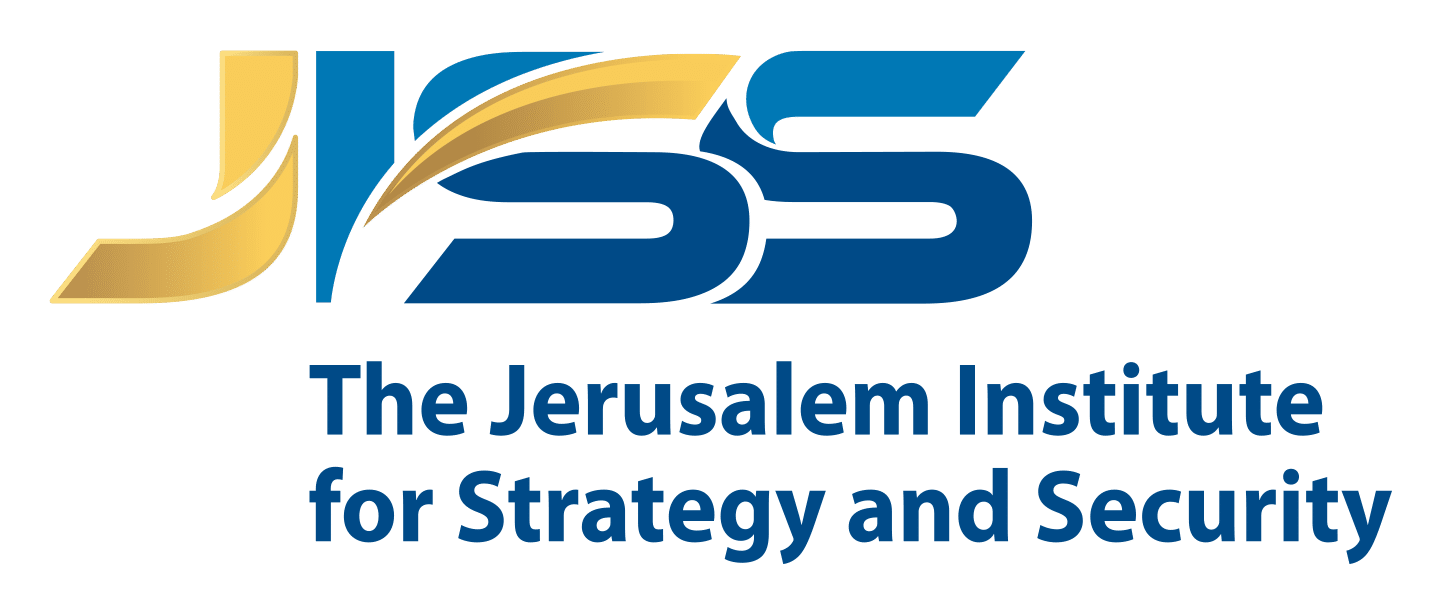
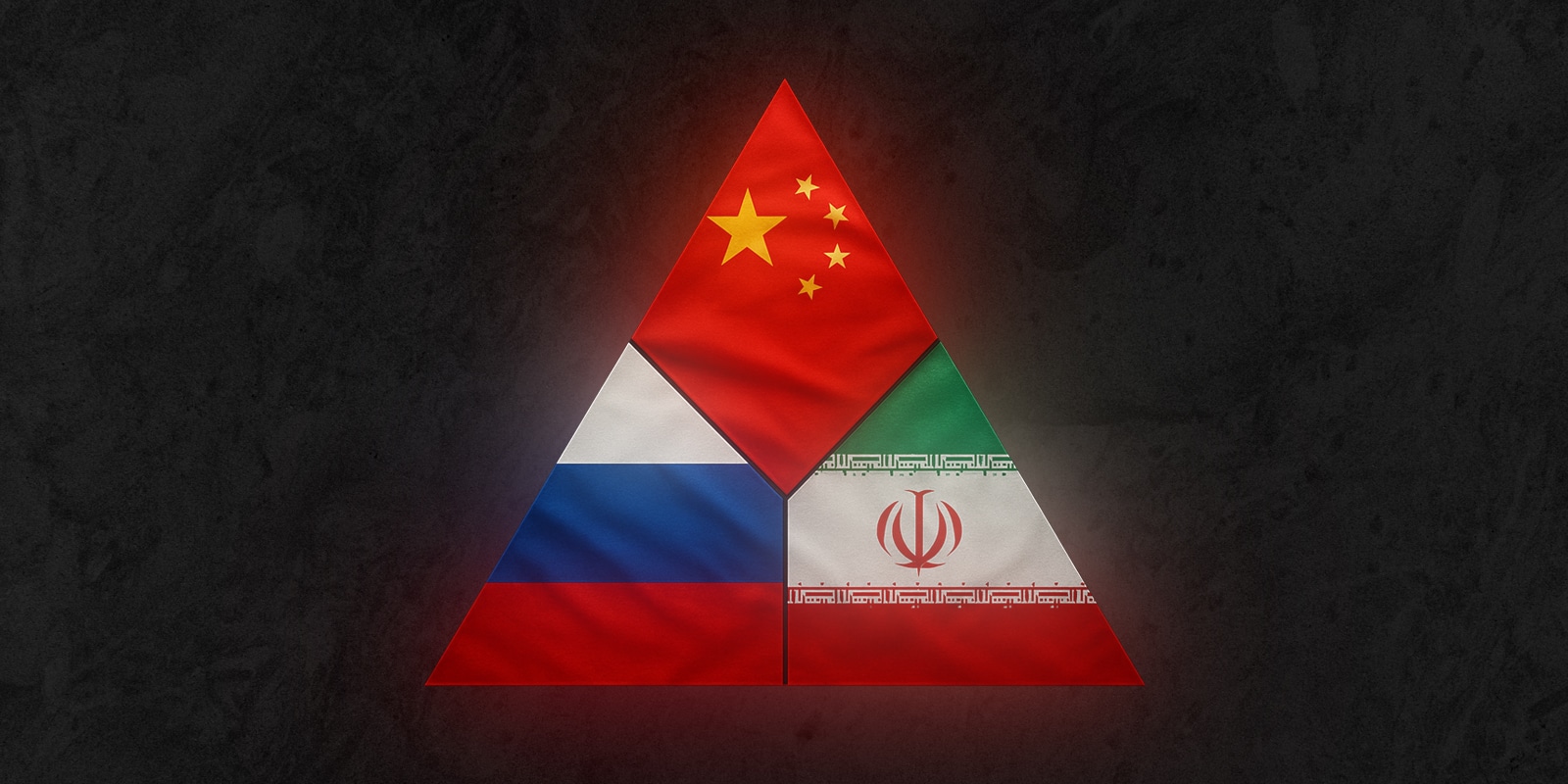




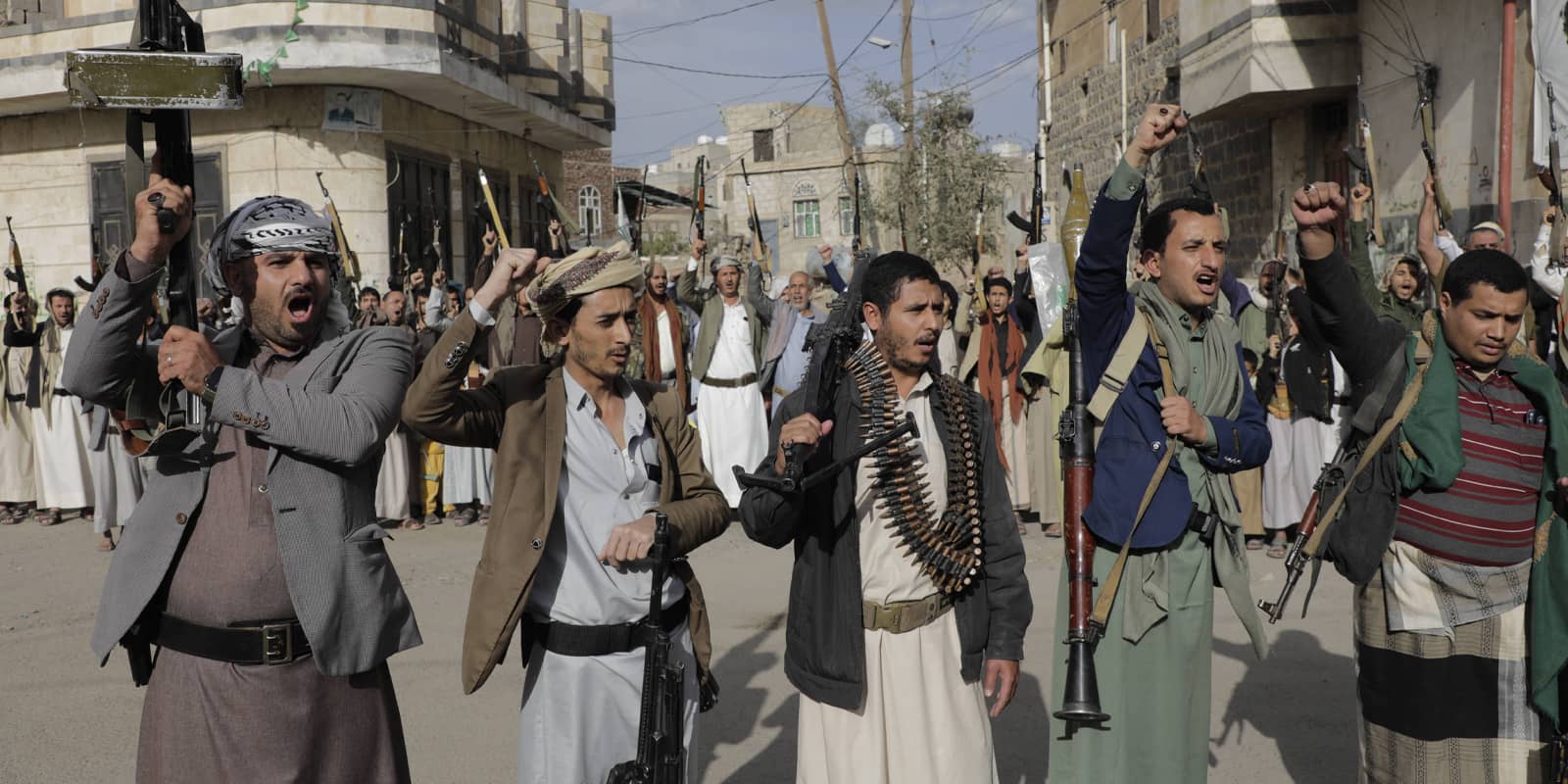
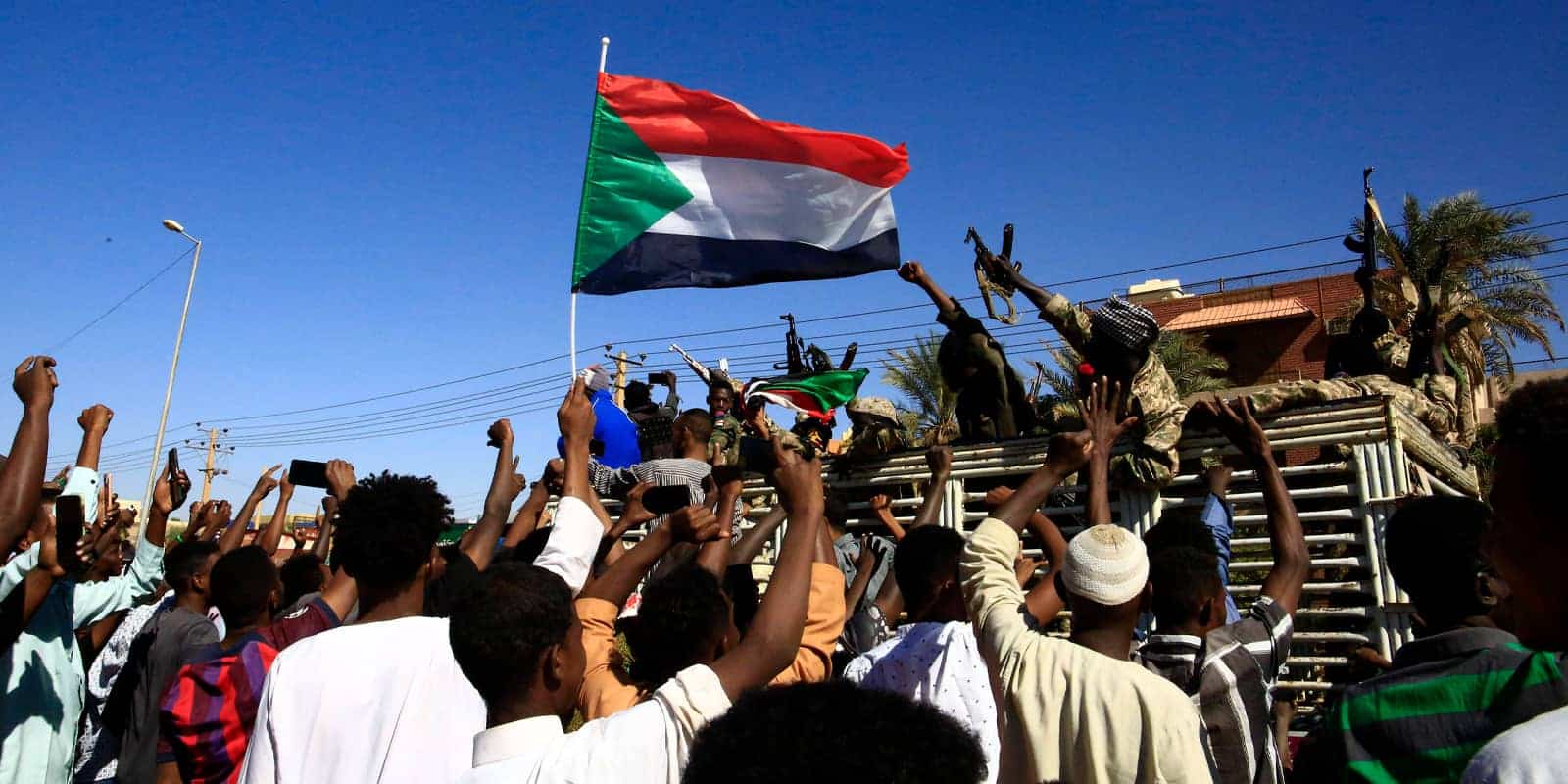

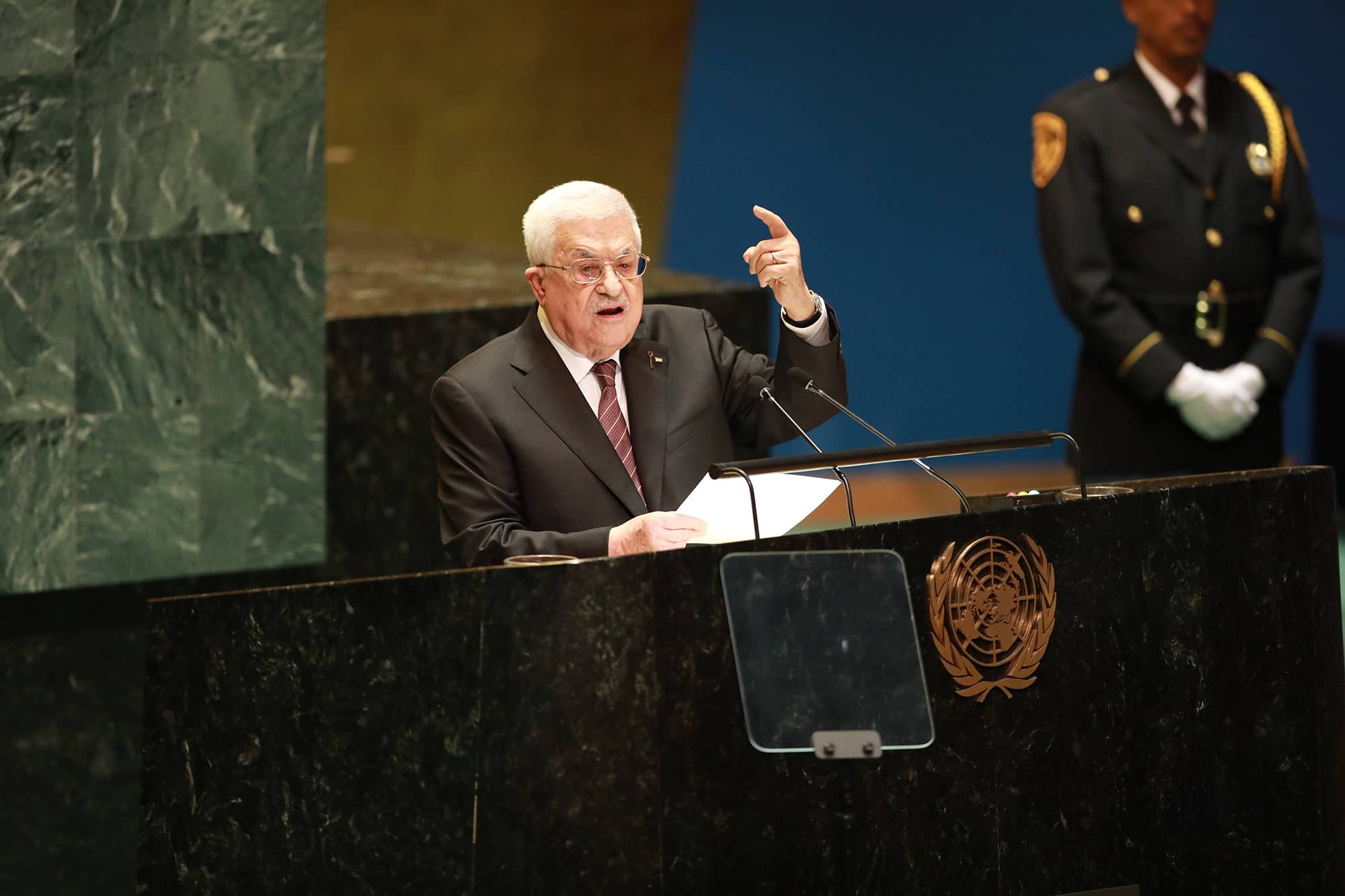
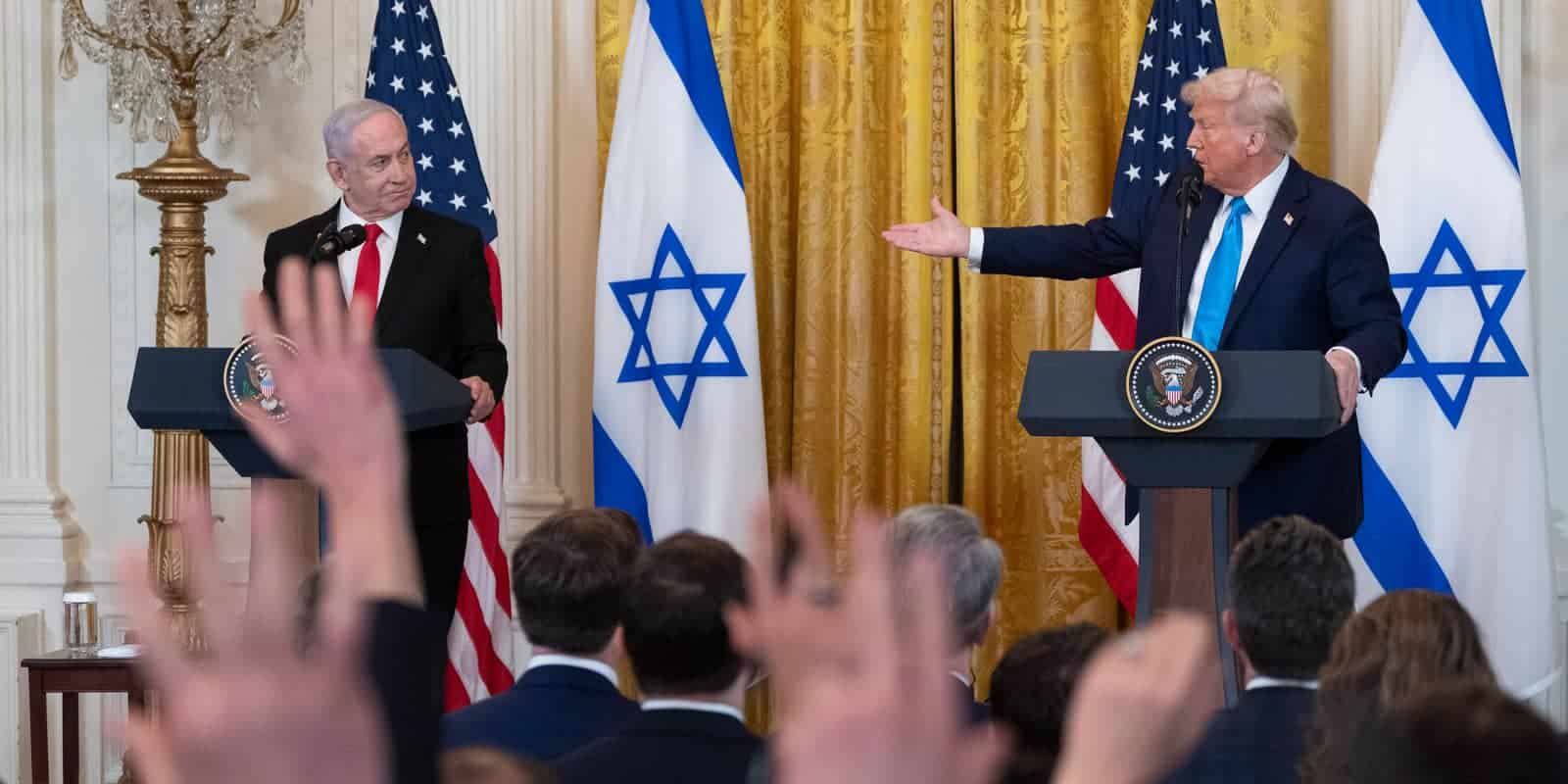

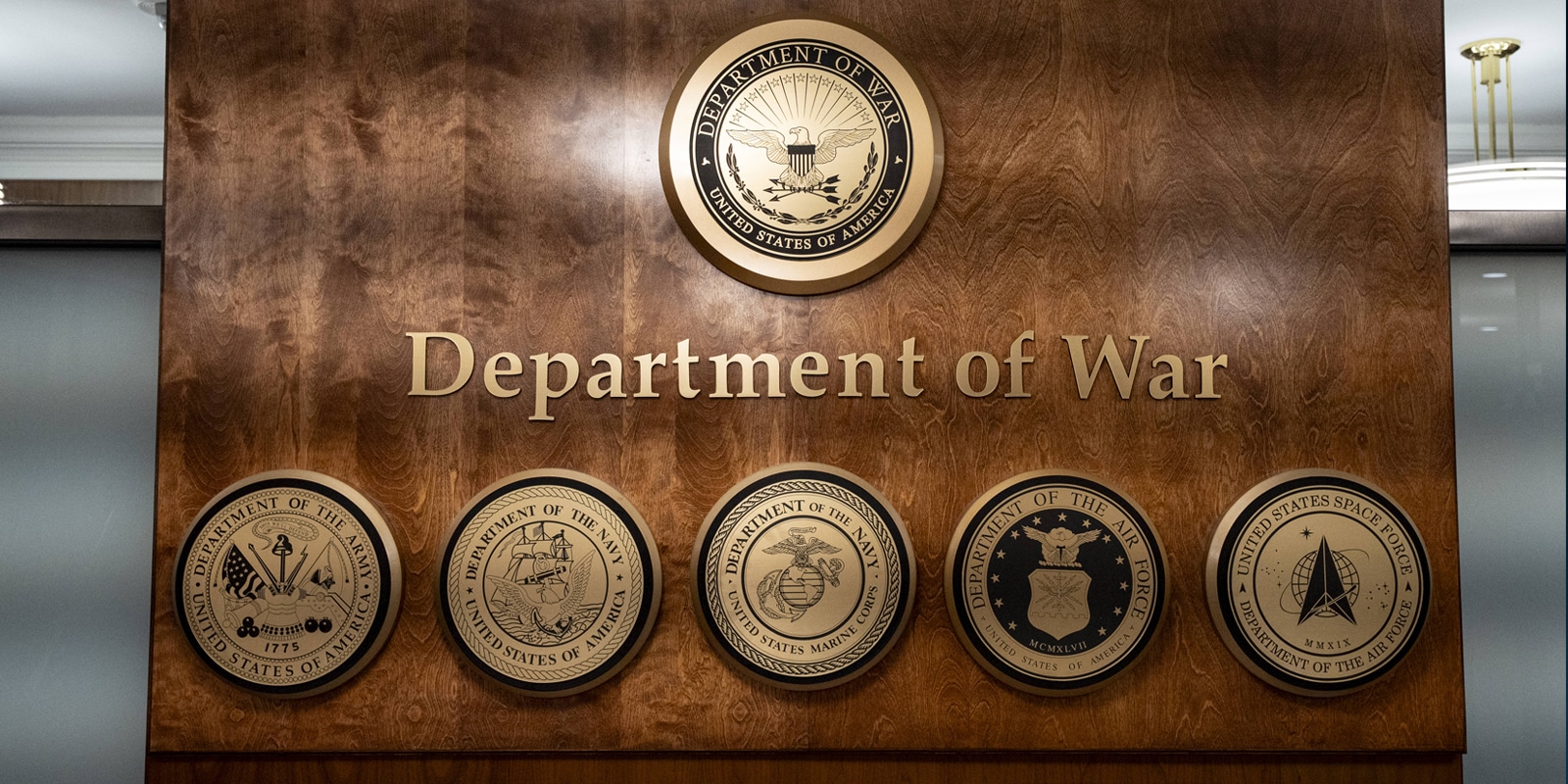


The Kidnapping Threat: Preventing Israel’s Moral Commitment to Hostages from Becoming a Strategic Vulnerability